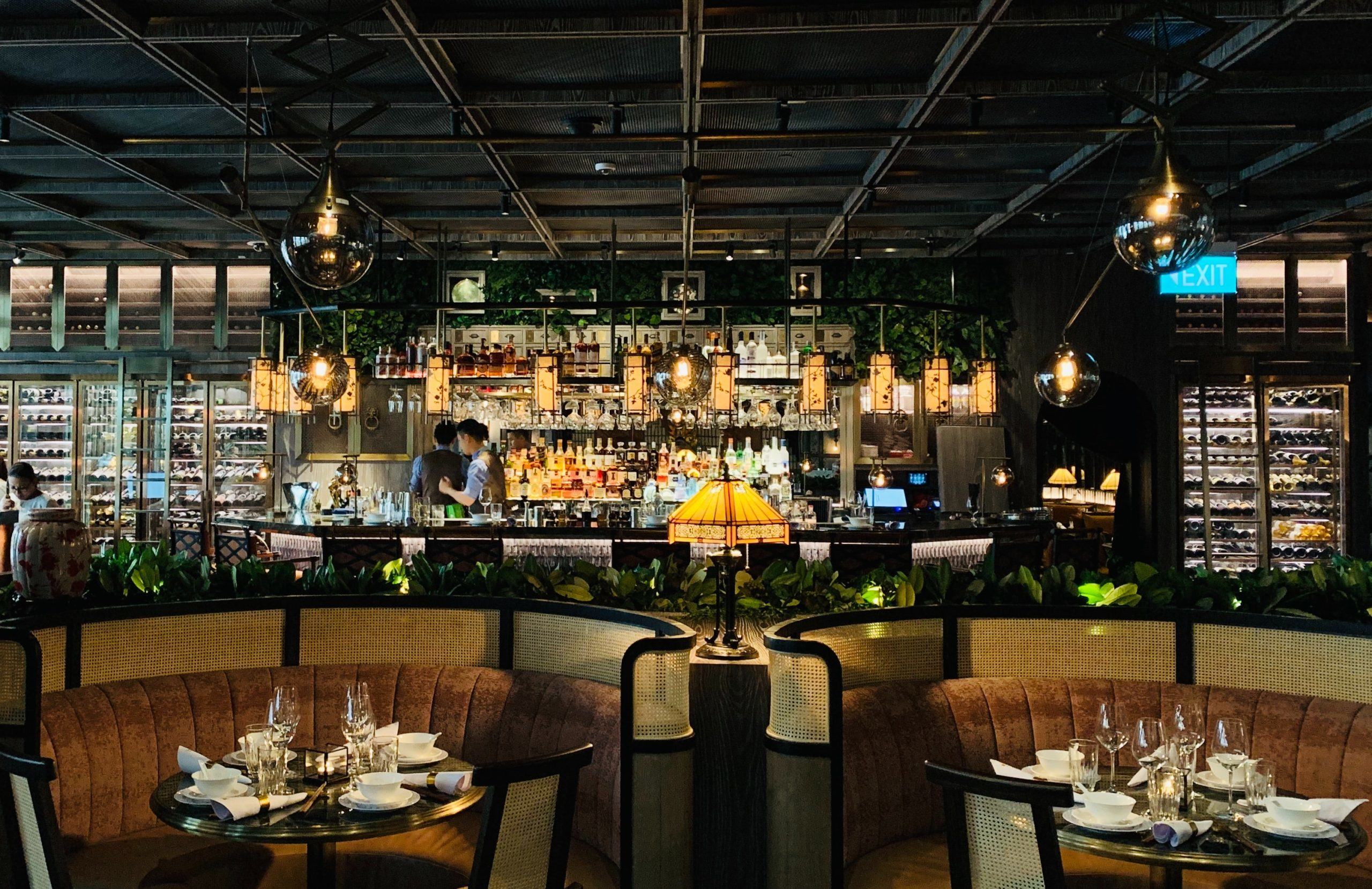5 Tips to Keep in Mind When Rebranding Your Restaurant
The restaurant industry can be quite competitive. It is common knowledge that a restaurant's cuisine is only one aspect of the dining experience. The fact is that the market is constantly evolving, and customers are spoiled for choice. If you fail to deliver, someone else will be at the ready, just waiting to step in.
Rebranding may be in the offing to keep up with changing trends while catering to the needs of a challenging market. If the idea sounds intimidating, rest assured because we have outlined a few key points to help you develop a rebranding strategy.

Determine What's Working for Your Restaurant
If you're choosing to rebrand, chances are your restaurant has been around for a while. This means there are plenty of things you've been doing right as a restaurateur.
Before you start on your rebranding strategy, you should ask yourself what makes your brand stand out at present. Is the menu balanced? Are there any dishes that are more popular than the others? What is the average age of your customers? If there is a bar, how much time do people spend there?
Answering these questions should help you determine what needs to go and what needs to stay. If the exercise mentioned above hasn't done much in the way of highlighting pain points and revealing the stronger ones, you can even consider talking to your patrons. Friends and family can also help you evaluate your business with a critical yet helpful eye.
You should keep tabs on your competition. See what they're doing and whether or not it's working for them. Conversely, you should also learn from their mistakes and be careful not to repeat them.
Furthermore, don't overlook your staff during this exercise. Remember, they are the ones who interact with customers the most. They will be able to provide substantial insights.
Armed with this research, you will walk away with a clear picture of where you see your restaurant after rebranding. You will also be in a position to make informed decisions. Any apprehensions you previously had can now be laid to rest.
Capitalize On Your Strengths
Now that you've received unbiased validation about your restaurant's best features, the last thing you should do is include them in your rebranding strategy. What you can do, however, is capitalize on them.
Suppose your research has revealed that your restaurant is the chosen location for families to frequent. In that case, you can consider revising your menu to include more appetizer plates and family-sized meals. In terms of ambience, you can opt for brightly lit spaces.
If you wish to rope in new customers, you can look at ways to revamp the layout. Some restaurants have different sections to accommodate patrons who are looking to host a party. These sections are cordoned off to maintain privacy.
Respect the Process
No one said rebranding would be easy. It takes a lot of resolve and patience to see through decisions pertaining to change of any kind. This becomes even more challenging when implementing changes in something that is an extension of you for all intents and purposes.
If you feel overwhelmed at any point during the course of rebranding, remind yourself why you started. This shouldn't be a tough conversation to have with yourself because if you can own and run your own restaurant, rebranding should be a cinch.
That said, be prepared to expect bumps along the way. Manage your expectations from the beginning but stay firm on the things that matter. Your customers are your most important asset and you want to retain them by any means necessary. To reiterate, this is a tough industry and a competitive edge will serve you well in more ways than one.
It's All in the Details

Because there's so much competition out there, it will benefit you greatly to plan the smallest of details. Now that you're rebranding, you should go the whole nine yards.
Simply changing your logo will not do anything for your establishment. In fact, that's the cheapest trick in the book. Several restaurants are known for their branding and attention to detail. Everything from their upholstery to lighting fixtures and table setting is the product of an elaborate, well-executed plan.
Even the menu design, placemats, and cutlery seem to align with the overall vibe. None of it is incidental. If you don't have the budget to do a complete overhaul, simply focusing on renewing these and your customers will be sure to notice.
As an additional tip, don't forget to proofread your menu before it goes to print. There's nothing more off-putting than a menu containing spelling errors. This is especially true if you specialize in fine dining.
Develop a Communication Strategy
Once you're done rebranding, you need to get the word out. The best way to do this is through social media.
Make sure to address all possible touchpoints to announce your rebranding. Upload restaurant reveal photos and share your new and improved menu on Facebook and Instagram. Use these platforms to build excitement before announcing the date of the grand reopening. Your restaurant should also have an updated website to reflect the logo and design changes.
Additionally, you can go down a truly personalized route and send customized invites and notes with takeaway orders and deliveries. It will require minimal effort but score high on customer service and retention.
As evidenced here, rebranding is not an easy feat. The decision to go ahead with it will warrant a lot of time and energy. Rest assured, however, that by following these tips, you should be able to sail through and connect with your patrons like never before!
